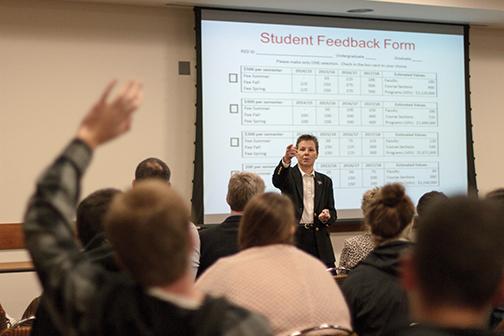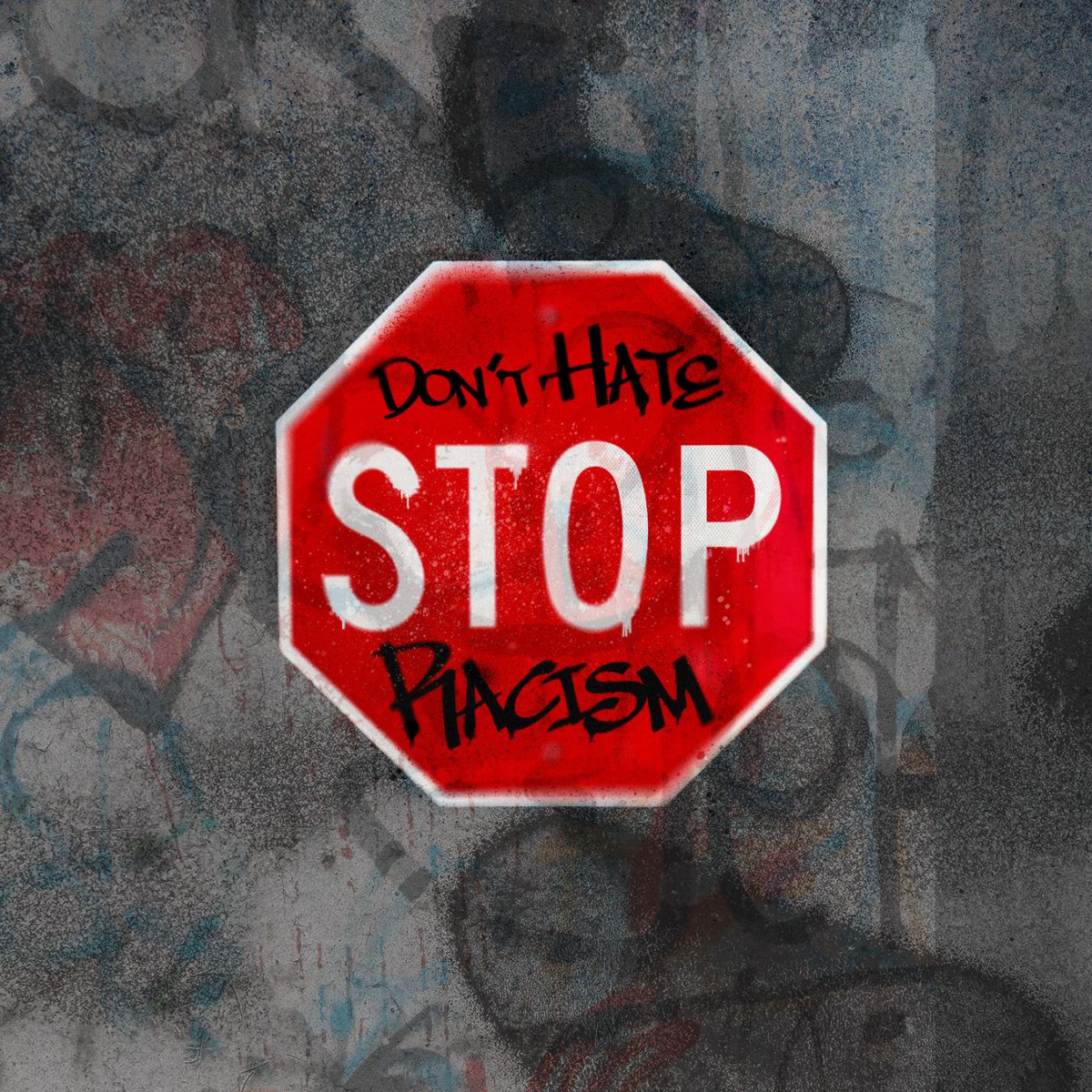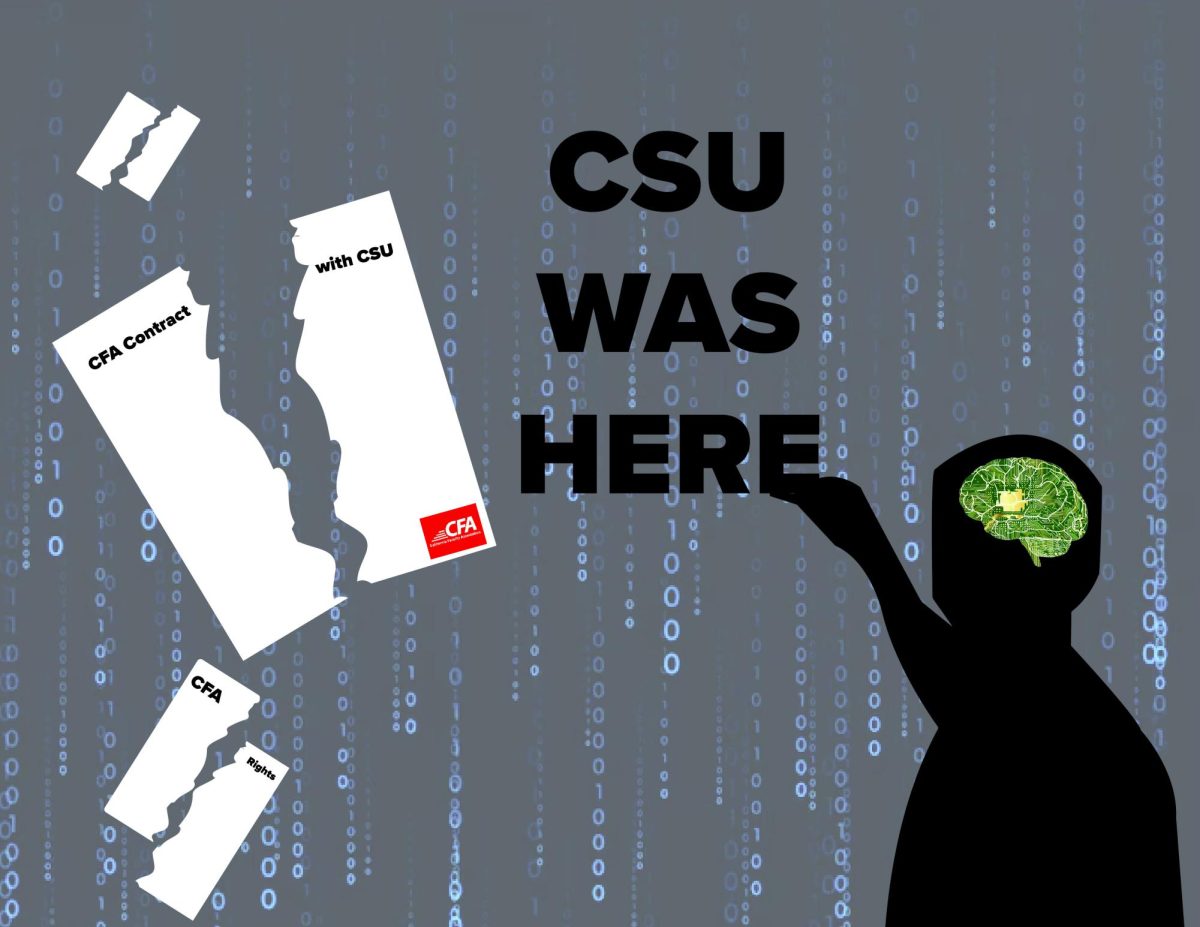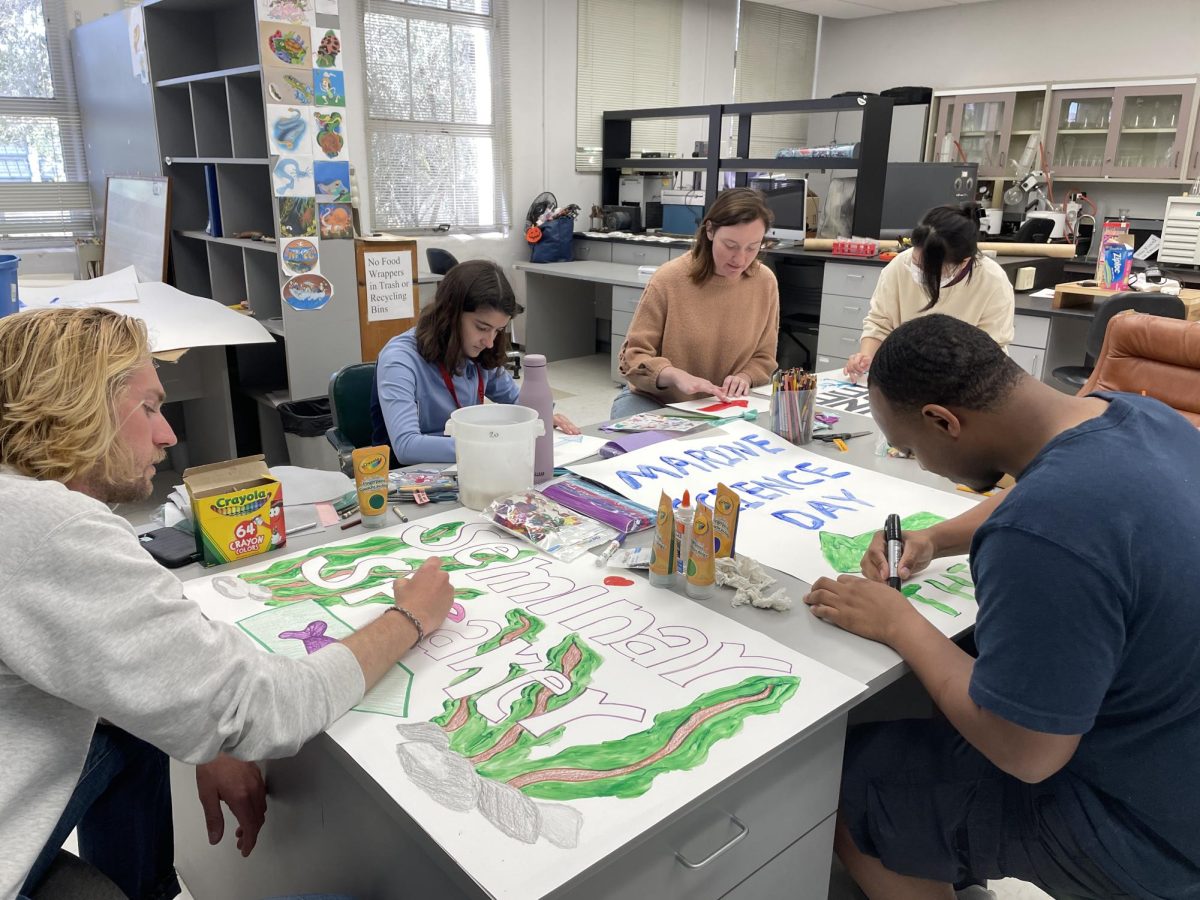Co-authored by Assistant News Editor, Luke Henning
On Monday, San Diego State began hosting open forums to address the possibility of implementing a new Student Success Fee.
The forums, which will continue throughout the month, provide an opportunity for SDSU students, faculty and staff to sit in on discussion of a proposed increase in the mandatory student fees, provide their input on what they think of the increase of fees and vote on whether or not the fees should increase. The votes from students who attend the forums will be used by the Campus Fee Advisory Committee to determine student tolerance of a fee increase Associate Vice President for Academic Affairs Kathy LaMaster said.
“These open forums are being held to describe the fee and answer your questions,” LaMaster said. “We’ll analyze this feedback, engage in committee discussions, and make a recommendation to President (Elliot) Hirshman.”
Once the forums are complete, the CFAC will make a recommendation on the size of the fee increase to Hirshman, LaMaster said. He will then set the fee with the California State University chancellor.
The CFAC proposed the Student Success fee go into effect for the Fall 2014 semester. The fee could increase SDSU students’ campus fees between $200 and $500 per semester if approved and would be eased in during the next four years. Students would only pay 25 percent of the fee in the first year.
According to LaMaster, the fee would be used to expand the number of sections available in academic courses to help improve four and five-year graduation rates. In addition, the fee increase would also help fund the hiring of more tenure and tenured-track faculty. LaMaster said SDSU has lost 238 faculty and 600 classes since 2008.
LaMaster said 90 percent of the fee would go toward hiring more professors and expanding sections, while the other 10 percent would be used for general academic proposals. She said students will be able to make faculty backed requests for allocations of the money for specific purposes in their prospective departments.
These proposals will be reviewed by a subcommittee of the CFAC and will be appropriated by the committee. This subcommittee is planned to include assistant deans from each of the colleges as well student representatives.
“It is important that students and faculty understand.” Associate Vice President of Student Services Reggie Blaylock said. “This is not to take away from what exists; this is an addition. It’s not a switch that we’ll add 80 [faculty] and then we’ll take money away from somewhere else. This is 80 additional faculty positions.”
The voting ballots given to students at the forums included five options ranging from $200 to $500 as well as an option for no fee increase. A $200 increase would allow for the addition of 360 course sections annually and 80 new faculty members cumulativley, while a $300 increase would provide funds for 120 new faculty and 540 new course sections. A $400 increase would allow for 160 faculty hires and 720 new classes and $500 would fund 200 new faculty and add 900 course sections.
This proposal for an increase came as a result statewide budget cuts and a $100 million funding gap within SDSU. It costs currently costs about $13,599 for the university to educate a single student this year. There was a funding gap of approximately $3,300 per student between the cost to educate students and the budget.
“There are students on this campus struggling to get what they need from a class standpoint,” Blaylock said. “The state is not giving us any more money.”
Existing financial aid through FAFSA will cover the fee increase regardless of the increase’s final size, Director of the Office of Financial Aid & Scholarships San Diego State Rose Pasenelli said.
“For students already on financial aid nothing should change,” Pasenelli said.
In order to vote on the issue students have to attend the forum first before being given a ballot. Though the first few forums have had only handfuls of students in attendance, LaMaster said she hopes those who do attend will encourage their peers to attend future forums.
“If we could get just 500 students to vote over the course of these forums I’d be happy,” LaMaster said.
Many of the students who responded to exit polls, like engineering senior Alex Ben, seemed less enthusiastic about the forum based polling method.
“I feel like there are better ways for them to get to students, though they are probably using this method for a reason,” Ben said.
Photo by Kevin Serrano, staff photographer







